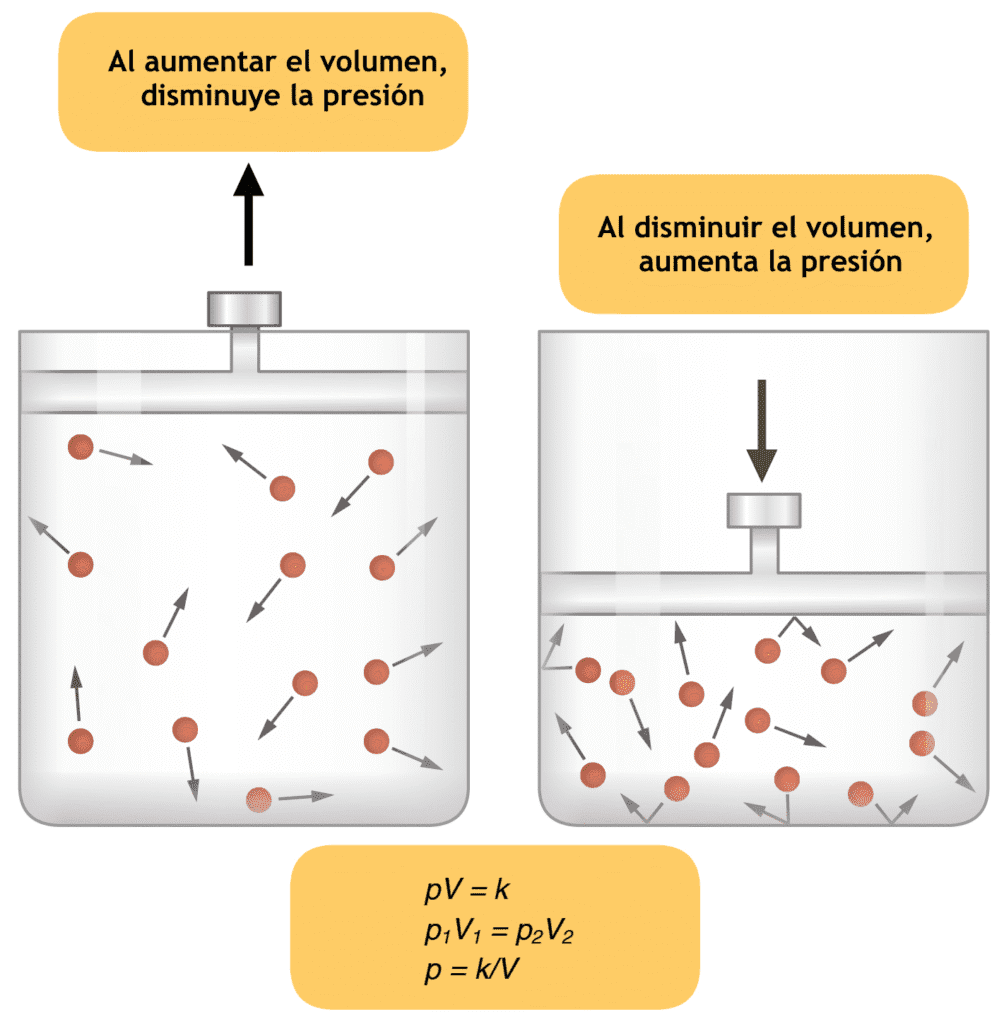Methoxyflurane Anesthesia is a halogenated hydrocarbon now obsolete.
Physical properties: Colorless, fruity liquid, non-flammable, boiling point of 104°C, blood/gas coefficient 13, oil /gas 825, VP 25 mm Hg, MAC 0.2%, metabolism 50-75%.
Methoxyflurane Anesthesia is metabolized to dichloroacetic acid and methoxydifluoro acetic acid and fluoride in high amount which proved nephrotoxic; due to this it has been abandoned.
We can read the following about methoxyflurane anesthesia in Miller’s Anesthesia 7th edition –
No discussion of immune-mediated hepatotoxicity after inhaled halogenated anesthetics is complete without a brief discussion of methoxyflurane.
From a historical perspective, methoxyflurane anesthesia was introduced into clinical practice in the United States in 1960. There have been a number of reports of hepatic dysfunction and death from hepatic coma after exposure to methoxyflurane.
A review of 24 cases of methoxyflurane anesthesia associated hepatitis revealed that a syndrome similar to halothane hepatitis may occur.
The authors suggested that a rare and indirect immunologic hepatic injury may occur that may have a direct effect on the liver by interfering with the splanchnic circulation.
Fortunately, in humans the adverse minor changes in liver function appear to be reversible and may be related to dose, and it is still unclear whether hepatic dysfunction, as measured by bromsulphalein retention and serum hepatic enzyme elevation, was the result of the depth and duration of the anesthetic exposure, the type of operation, the extent of preexisting hepatic disease, or methoxyflurane anesthesia itself.
Methoxyflurane anesthesia is no longer used in clinical practice; however, nephrotoxicity from inorganic fluoride released after the metabolism of methoxyflurane is discussed as a basis for understanding the nephrotoxic potential of all current and future fluorinated anesthetics.
Studies investigating methoxyflurane anesthesia demonstrated an association with polyuric renal failure as a result of high levels of inorganic fluoride.
Patients with inorganic fluoride levels of less than 50 µmol/L had no evidence of renal injury. Levels of 50 to 80 µmol/L were associated with moderate injury and 80 to 120 µmol/L with severe injury.
Several patients who had inorganic fluoride levels higher than 120 µmol/L died.

